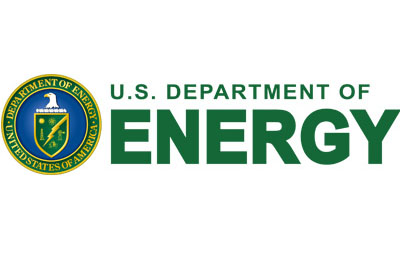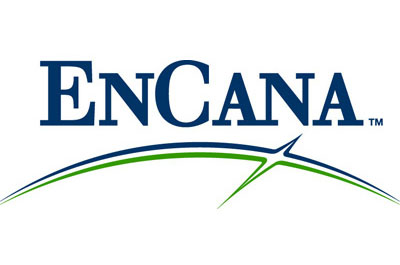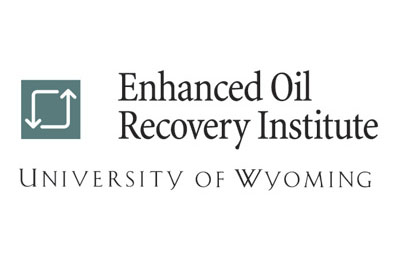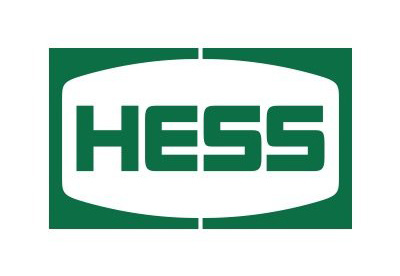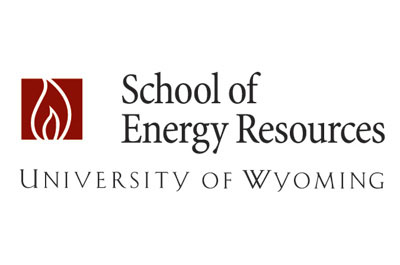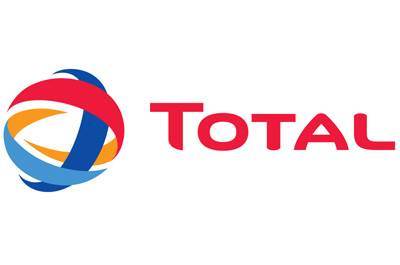Carbon Capture, Utilization and Storage will play a large role in reducing carbon emissions in the next several decades. One method for this is the sequestration of CO2 into depleted reservoirs using gas injection techniques. Piri Technologies has the expertise and experience to help you design your CCUS project. From testing to implementation, our scientists have expertise and experience in CO2 sequestration projects. Here are a few highlights from past projects:
- Investigation of capillary trapping characteristics of supercritical CO2 at reservoir conditions
- Analysis of the effects of relative permeability on CO2 trapping
- Co-sequestration of gases in both sandstone and carbonate rocks
- Site characterization and optimization for CO2 injection processes
- Compositional modeling of CO2 trapping in saline aquifers



